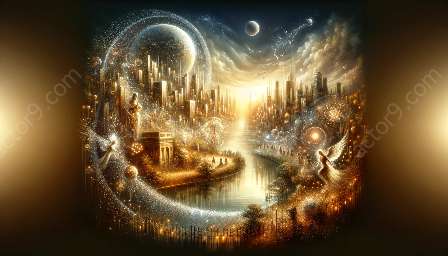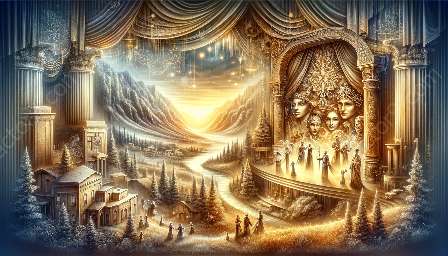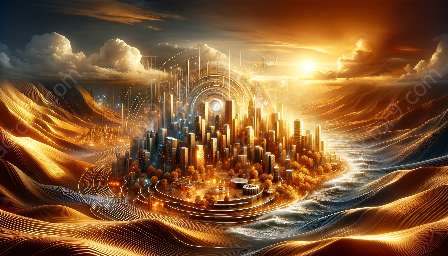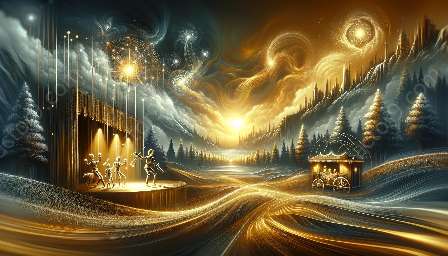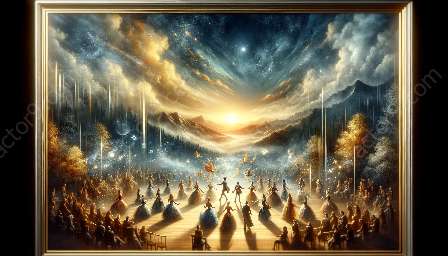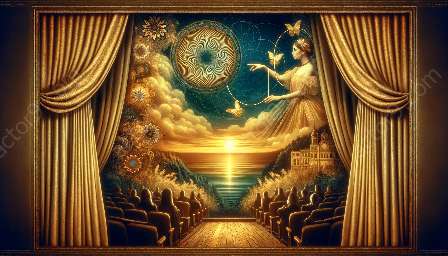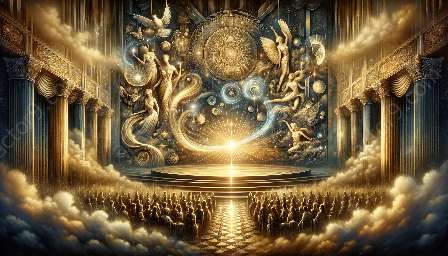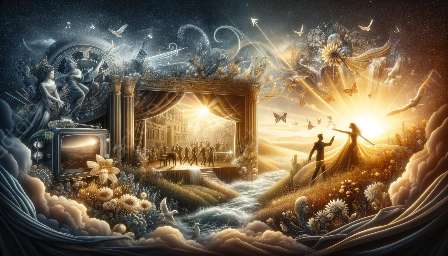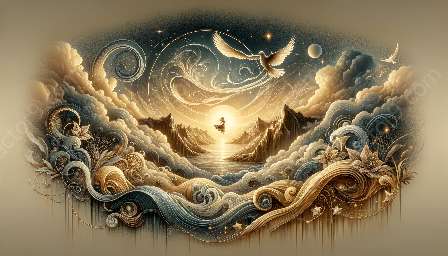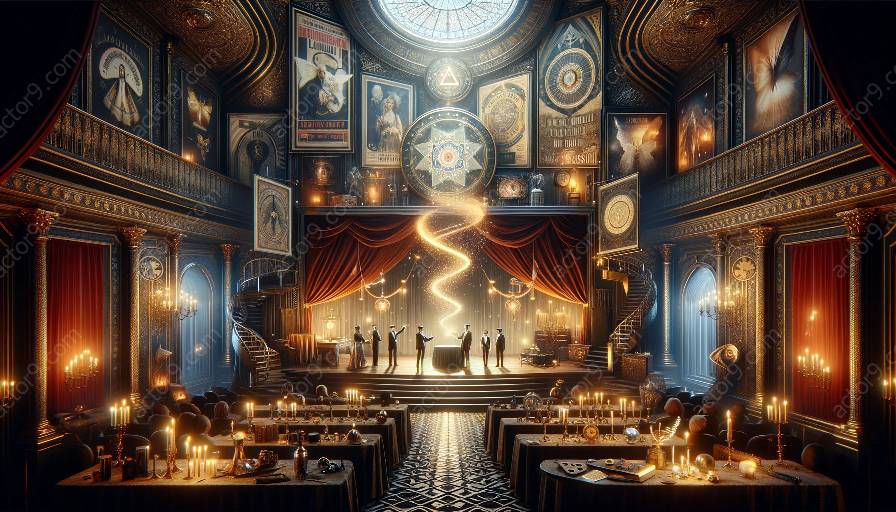Magic and illusion have played a significant role in shaping religious practices and beliefs across various civilizations throughout history. Their influence extends from ancient times to the present day, leaving a lasting impact on the way people perceive and engage with religious traditions.
The Early Origins of Magic and Illusion in Religion
As far back as ancient civilizations such as those of Mesopotamia, Egypt, Greece, and Rome, magic and illusion were intertwined with religious rituals and practices. The use of magical incantations, amulets, and talismans was believed to bestow protection and favor from the gods. Illusionists and magicians were revered for their ability to perform seemingly miraculous feats, and their skills were often associated with divine powers.
Moreover, the concept of divination, or the practice of seeking knowledge of the future or the unknown, was prevalent in these early societies. Diviners would employ various forms of illusion, such as reading entrails or interpreting celestial phenomena, to provide insights into the will of the gods and guide religious practices.
Magic and Illusion in Religious Ceremonies and Festivals
Across different civilizations, religious ceremonies and festivals often incorporated elements of magic and illusion to evoke a sense of awe and wonder among the worshippers. This theatrical aspect of religious rituals served to enhance the spiritual experience and reinforce the authority of religious leaders and institutions.
For example, in Ancient Egypt, elaborate processions and dramatic reenactments of mythological stories were central to religious festivals. Priests, adorned with intricate headdresses and costumes, performed ritual dances and illusions to commemorate the gods and ensure the fertility of the land.
In ancient Greece, the Eleusinian Mysteries, a secretive religious initiation ceremony, utilized mystic rites and theatrical illusions to impart profound spiritual teachings and inspire a sense of awe and reverence among the participants.
Transformation of Religious Practices through Illusion and Magic
As civilizations evolved and expanded, the role of magic and illusion in religious practices continued to evolve. The spread of Christianity, for instance, saw the integration of symbolic rituals and sacraments imbued with a sense of mystery and transcendence. The performance of miracles by revered saints and the iconography of religious art served as visual manifestations of divine power, captivating believers and solidifying their faith.
Similarly, in the Islamic world, the art of calligraphy and geometric patterns in mosque architecture were employed to create mesmerizing illusions that reflected the transcendental nature of God. The intricate designs and optical illusions were intended to guide worshippers toward a spiritual state of contemplation and inner peace.
Modern Perspectives on Magic, Illusion, and Religious Beliefs
In the modern era, the relationship between magic, illusion, and religious beliefs has taken on new forms. While organized religions have sought to distinguish themselves from stage magic and trickery, the influence of illusion and mystery can still be observed within popular religious movements and new age spirituality.
Furthermore, the rise of scientific understanding and skepticism has prompted a reevaluation of supernatural beliefs and practices. Despite this, the enduring appeal of magic and illusion as a means of transcending the ordinary and accessing the realm of the extraordinary continues to shape contemporary religious experiences.
Conclusion
In conclusion, the impact of magic and illusion on religious practices and beliefs in different civilizations has been profound and enduring. From ancient rituals to modern expressions of spirituality, the intertwining of mystical performance and religious devotion has left an indelible mark on human history. Understanding this dynamic relationship provides valuable insight into the diverse ways in which people have sought connection with the divine and the extraordinary.







